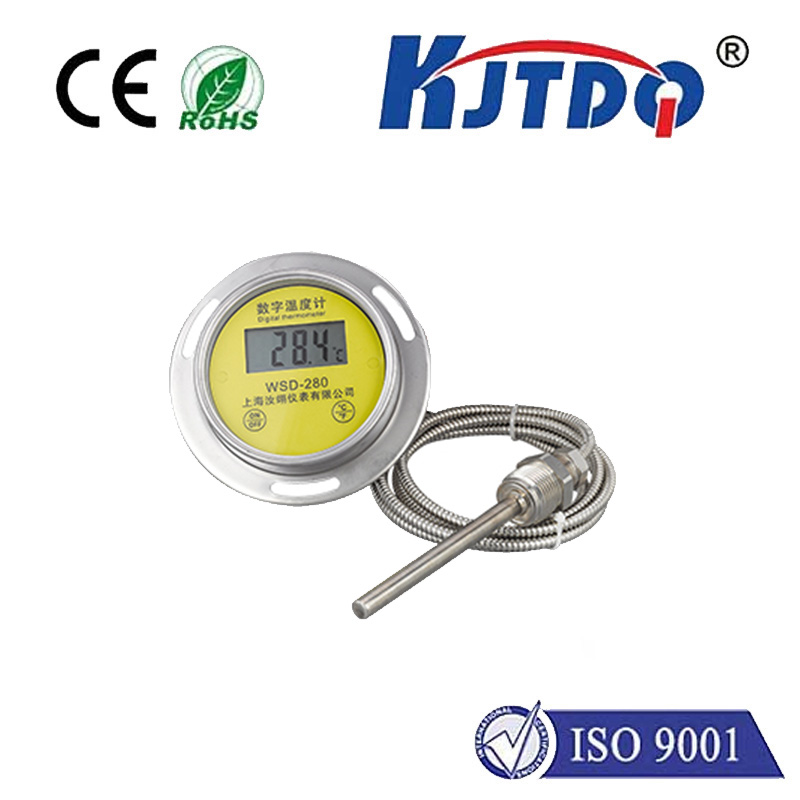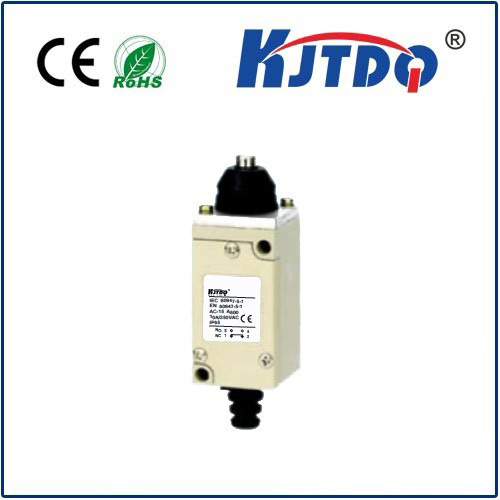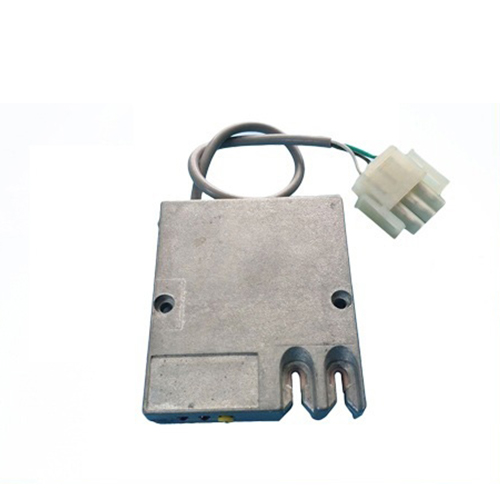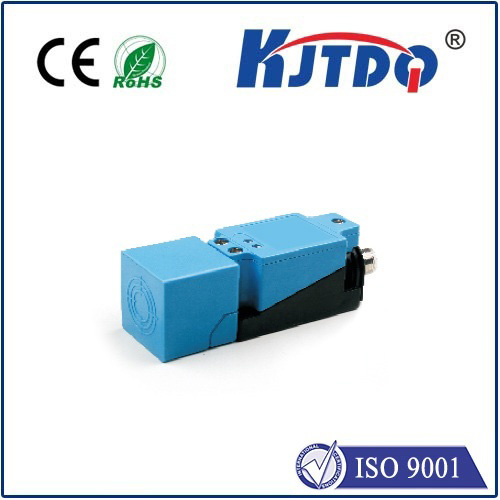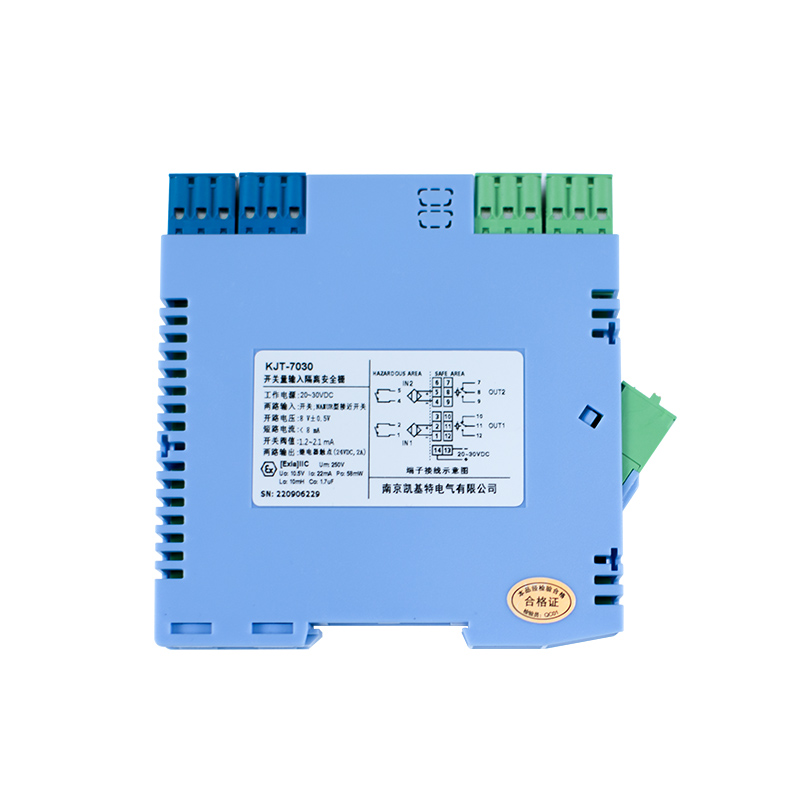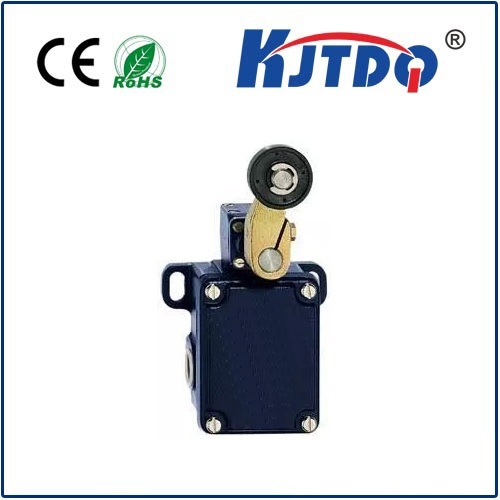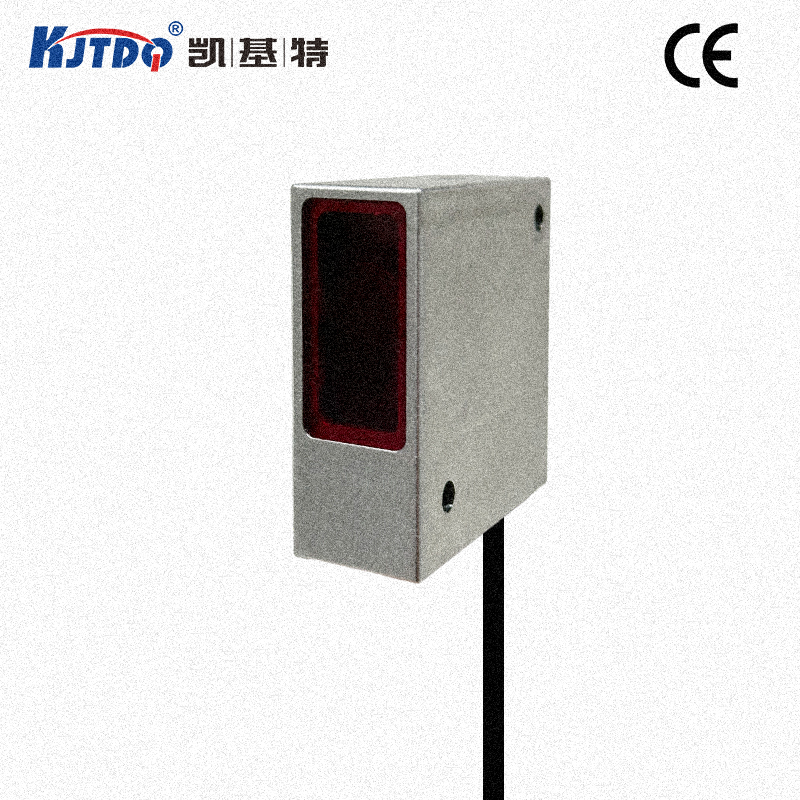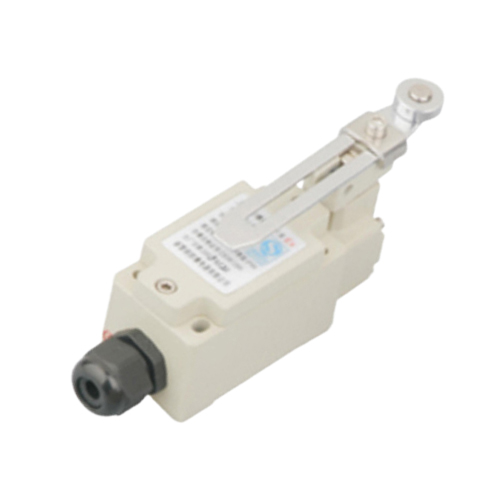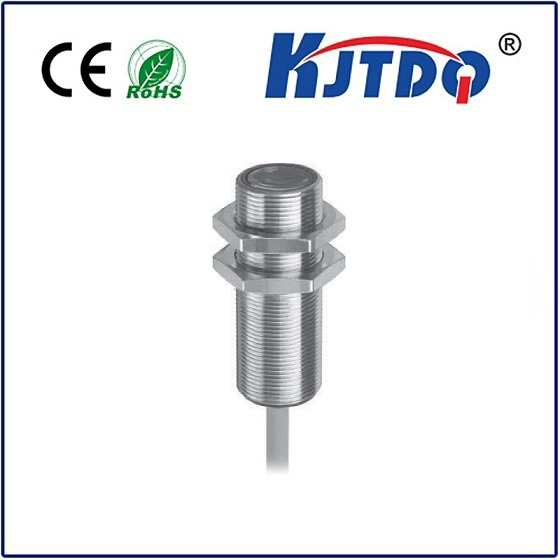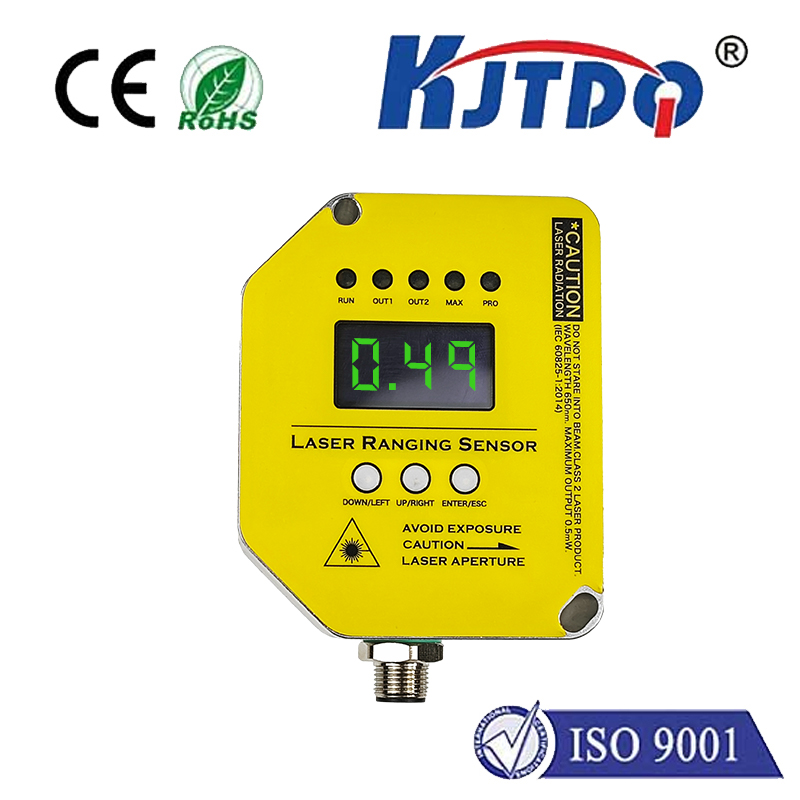delta proximity sensor
- time:2025-06-19 01:39:47
- Click:0
Delta Proximity Sensors: Precision Detection for Demanding Industrial Environments
In the intricate dance of modern automation, where robots weld with pinpoint accuracy, conveyor belts move products at lightning speed, and packaging lines operate flawlessly, one critical element underpins it all: reliable object detection. Enter the Delta Proximity Sensor – a fundamental yet sophisticated component designed to deliver non-contact sensing with exceptional precision and durability, often becoming the unsung hero maintaining efficiency and safety. But what exactly sets these sensors apart, and why are they a cornerstone in demanding industrial settings?
Understanding the Delta Proximity Sensor
A Delta Proximity Sensor is a specific type of non-contact sensor engineered to detect the presence or absence of a target object within its sensing range without any physical touch. Its core function revolves around generating an electromagnetic field (for inductive types) or an electrostatic field (for capacitive types). When a suitable target object enters this field, it induces a change in the sensor’s internal oscillator or field characteristics. This change is electronically processed, triggering a clean switching signal – typically an ON/OFF output – that informs the control system (like a PLC - Programmable Logic Controller) of the object’s detection.
The “Delta” name often signifies a specific design philosophy or performance characteristic embraced by manufacturers. Commonly, it implies a focus on robustness, high repeat accuracy, environmental resilience, and consistent performance even under challenging conditions like vibration, temperature extremes, or exposure to contaminants. These sensors are synonymous with long service life and minimal maintenance.

Core Operating Principles: Sensing Without Touch
The magic lies in the sensor’s ability to react to a target object without contact. Here’s a simplified breakdown:
- Field Generation: Inside the sensor’s active face, an oscillator generates either an electromagnetic field (inductive sensors) or an electrostatic field (capacitive sensors).
- Field Disturbance: When a conductive or metallic object (for inductive) or any object (for capacitive, depending on dielectric constant) enters this field, it disrupts it. An inductive sensor responds to eddy currents induced in the metal target, while a capacitive sensor reacts to changes in capacitance caused by the target’s presence.
- Signal Processing: The sensor’s internal circuitry detects this disturbance.
- Output Switching: Based on the detection, the sensor electronically switches its output state (e.g., from OFF to ON, or vice-versa). This signal is electrically isolated and ready for the PLC or controller.
- Hysteresis: A crucial feature called hysteresis prevents false triggering (“chatter”) when an object is precisely at the edge of the sensing range. It creates a small buffer zone ensuring a stable output signal once switched.
Key Technologies and Applications: Matching Sensor to Task
Delta Proximity Sensors primarily come in two major flavors, each suited for distinct applications:
- Inductive Proximity Sensors: Detect ferrous (iron-based) and non-ferrous (like aluminum, copper, brass) metals. They are immune to dust, oil, water vapor, and other non-metallic contaminants.
- Applications: Ideal for position verification of metal parts (gears, pistons), end-of-travel detection on cylinders, metal part counters, rotational speed monitoring (using gear teeth), and presence detection on machinery. Widely used in automotive manufacturing, metal machining, and robotic assembly.
- Capacitive Proximity Sensors: Detect a much wider range of materials, including metals, plastics, glass, wood, powders, granules, and liquids (depending on dielectric constant). They can be influenced by moisture or material build-up on the sensing face.
- Applications: Perfect for liquid level detection in tanks (through non-metallic walls), presence detection of plastic bottles or containers, fill level control in hoppers containing powders or granules, label detection on packaging, and wood or paper detection. Essential in food & beverage processing, pharmaceutical packaging, and chemical handling.
The Compelling Advantages of Delta Proximity Sensors
Choosing a Delta Proximity Sensor often translates to significant operational benefits:
- Non-Contact Operation: Eliminates mechanical wear and tear, leading to vastly extended lifespan compared to mechanical switches.
- High Reliability & Repeatability: Engineered for consistent and precise switching across millions of cycles, ensuring process stability and reducing false stops.
- Robust Construction: Typically feature housing materials like nickel-plated brass or stainless steel and high IP ratings (e.g., IP67, IP69K), making them resistant to water, dust, oils, chemicals, and physical impacts.
- Fast Response Times: Capable of detecting objects moving at high speeds, crucial for modern high-throughput production lines.
- Minimal Maintenance: The lack of moving parts translates into virtually maintenance-free operation once installed correctly, reducing downtime and operational costs.
- Versatility: Available in diverse shapes (cylindrical, block), sizes (M5, M8, M12, M18, M30 standard threads), sensing ranges, and output configurations (NPN/PNP, NO/NC, analog, IO-Link) to fit countless applications. This includes shielded (flush-mountable) and unshielded (longer sensing range) variants.
- Environmental Tolerance: Designed to operate reliably across wide temperature ranges (-25°C to +70°C or beyond) and withstand vibration, common in harsh industrial environments.
Selecting the Right Delta Sensor: Key Considerations
To maximize effectiveness, careful selection is vital:
- Target Material: Is it metal (inductive), or non-metal/liquid/powder (capacitive)?
- Required Sensing Distance (Sn): Choose a sensor with a rated operating distance comfortably exceeding the required gap to the target, factoring in installation tolerances and potential target variations.
- Installation Constraints: Consider available space, mounting method (threaded, bracket), and whether a shielded or unshielded sensor is needed.
- Environmental Conditions: Evaluate exposure to temperature extremes, chemicals, washdowns (requiring IP69K), or heavy dust/oil. Choose an appropriate housing material and IP rating.
- Output Type: Match the sensor’s output (NPN sinking, PNP sourcing, NO, NC, analog, IO-Link) to the input requirements of your PLC or controller.
- Electrical Ratings: Ensure sensor voltage (DC/AC) and current ratings are compatible with the power supply and load.
- Performance Needs: Consider required repeat accuracy, response frequency, and whether analog distance output or simple switching is sufficient.
From monitoring simple part presence on a conveyor to ensuring precise piston position in hydraulic systems, or safeguarding liquid levels in sterile tanks, the Delta Proximity Sensor stands as a paragon of robust non-contact detection. Their blend of engineering precision, environmental resilience, operational reliability, and versatility makes them an indispensable tool for engineers and technicians striving to build smarter, more efficient, and safer automated industrial processes. Understanding their principles and capabilities is key to unlocking their full potential on the factory floor.












